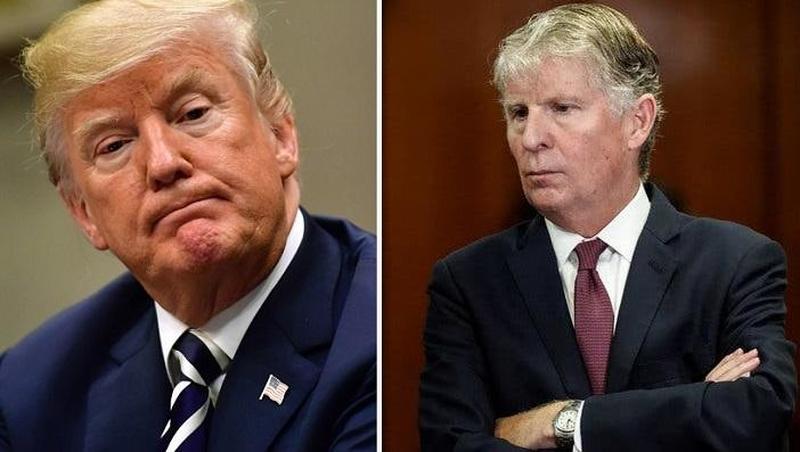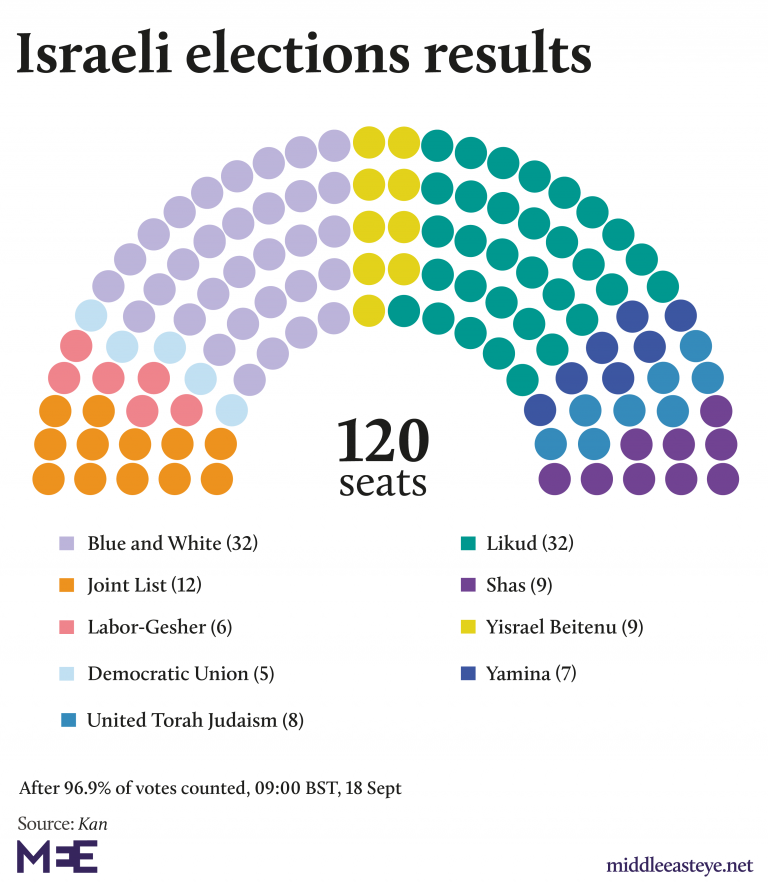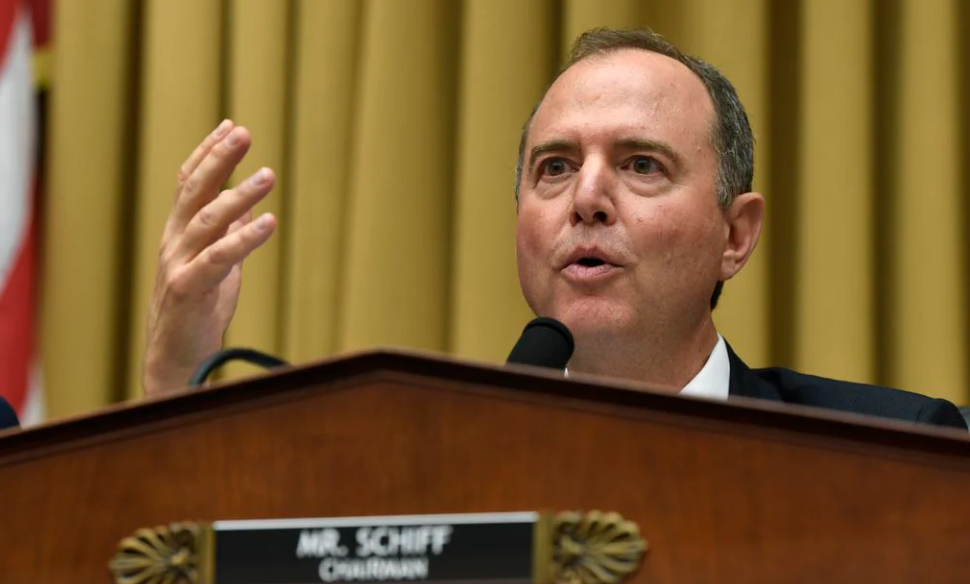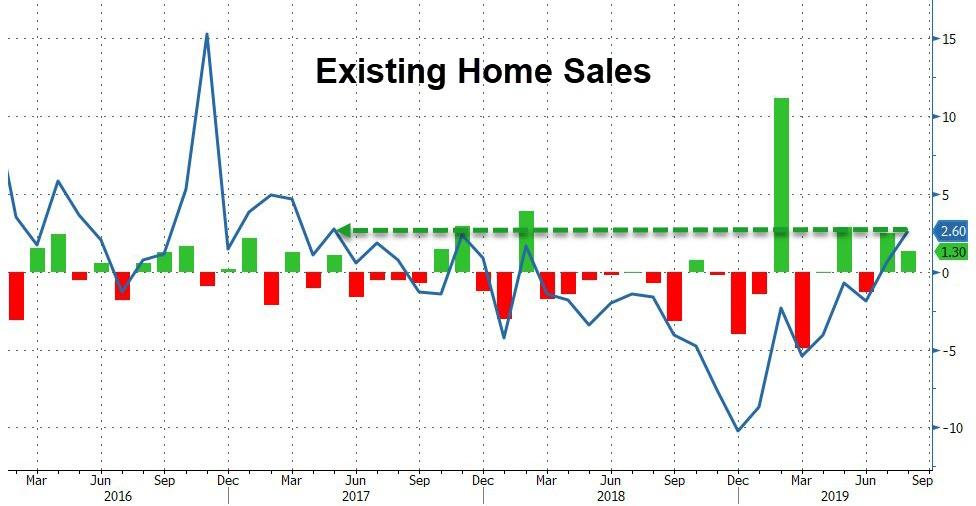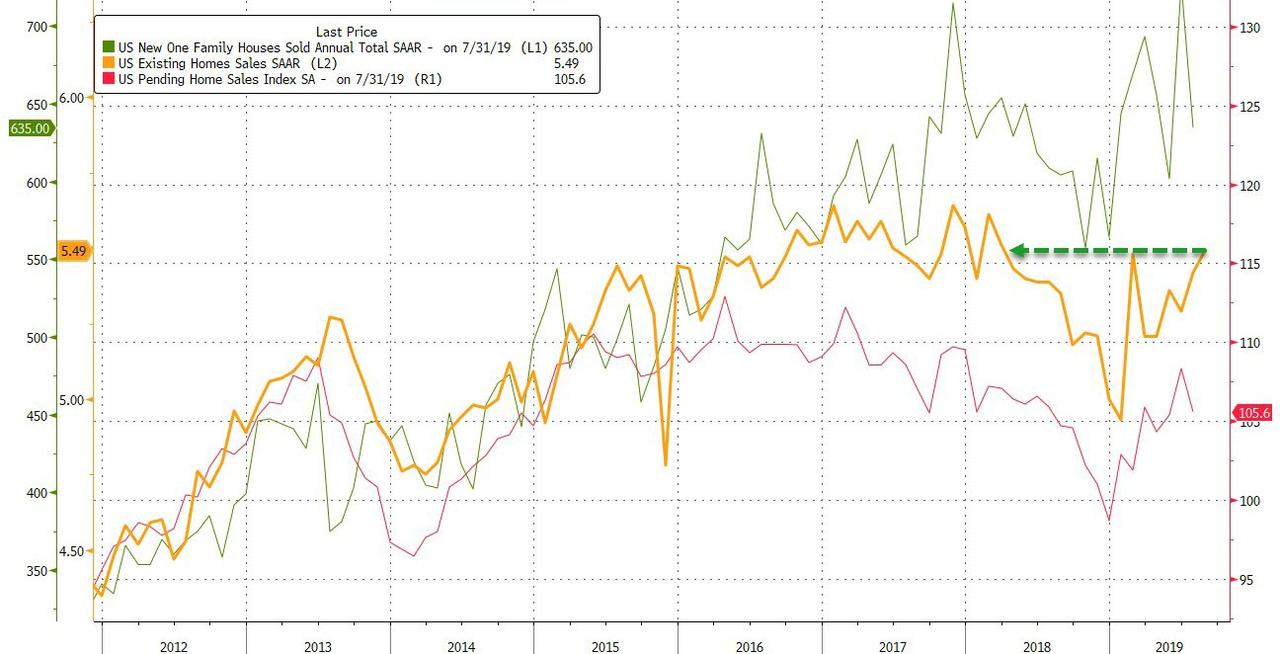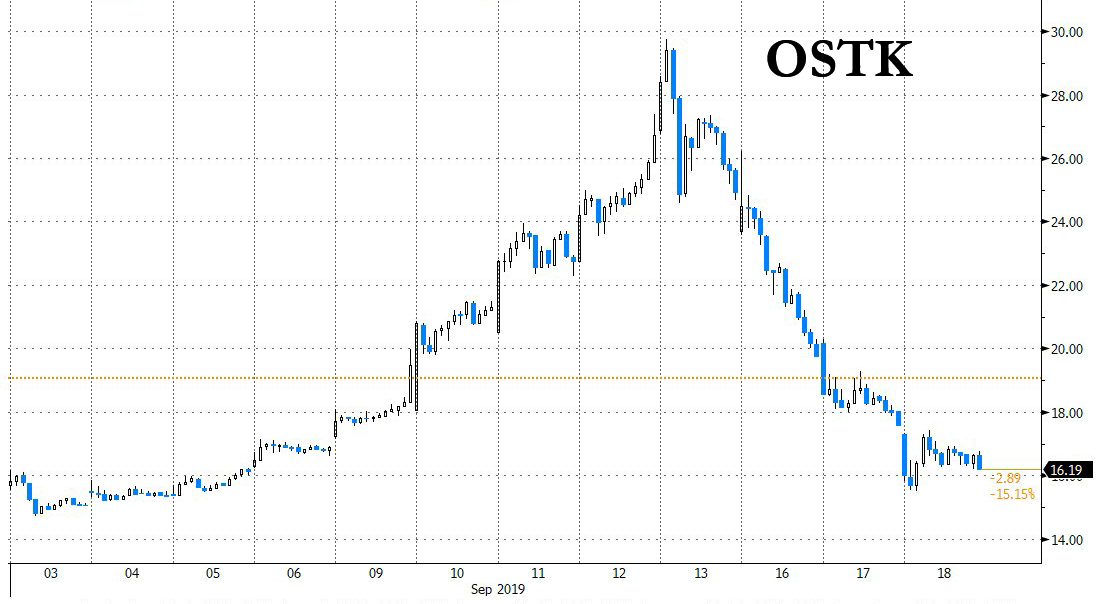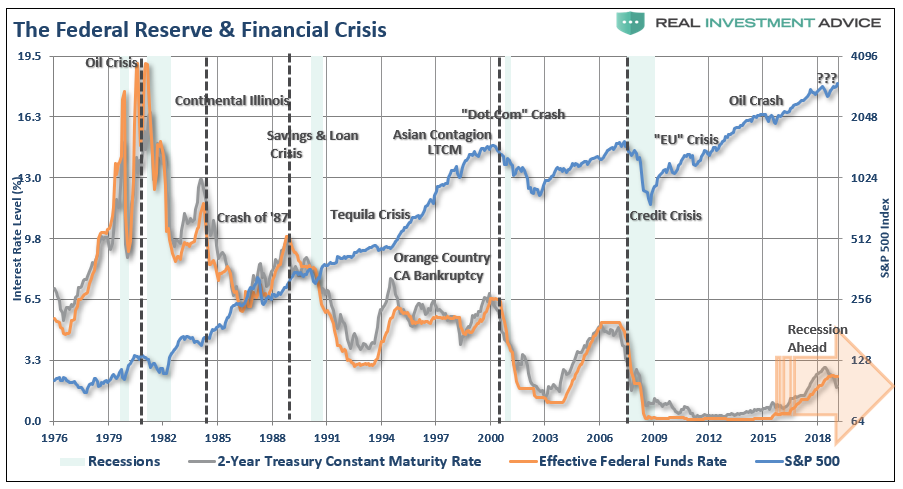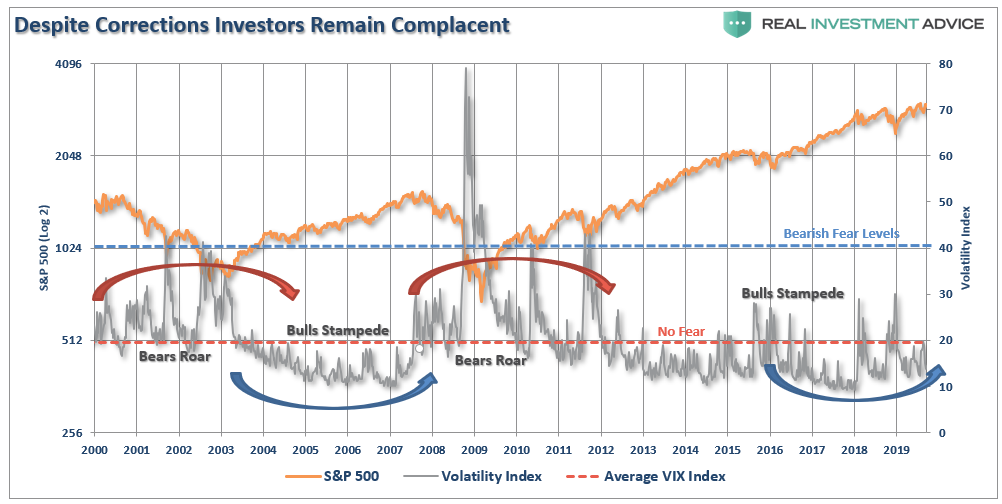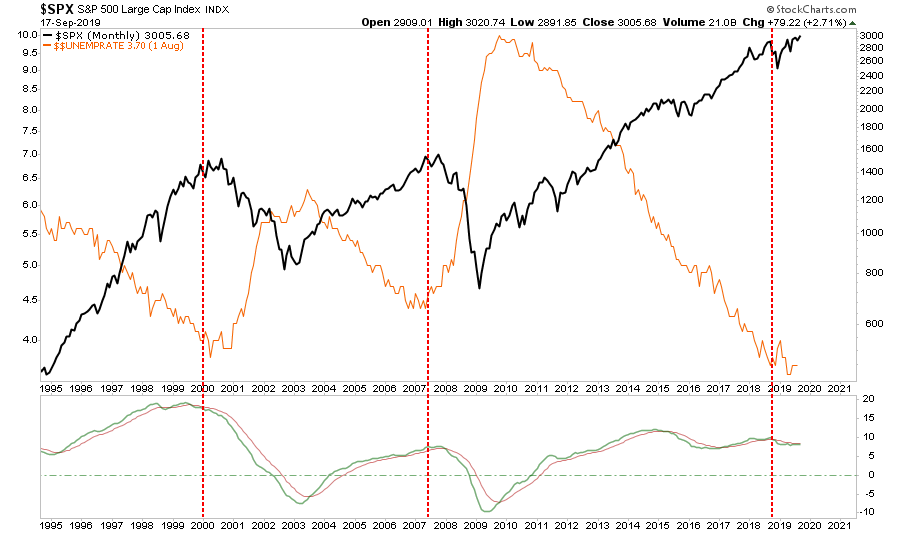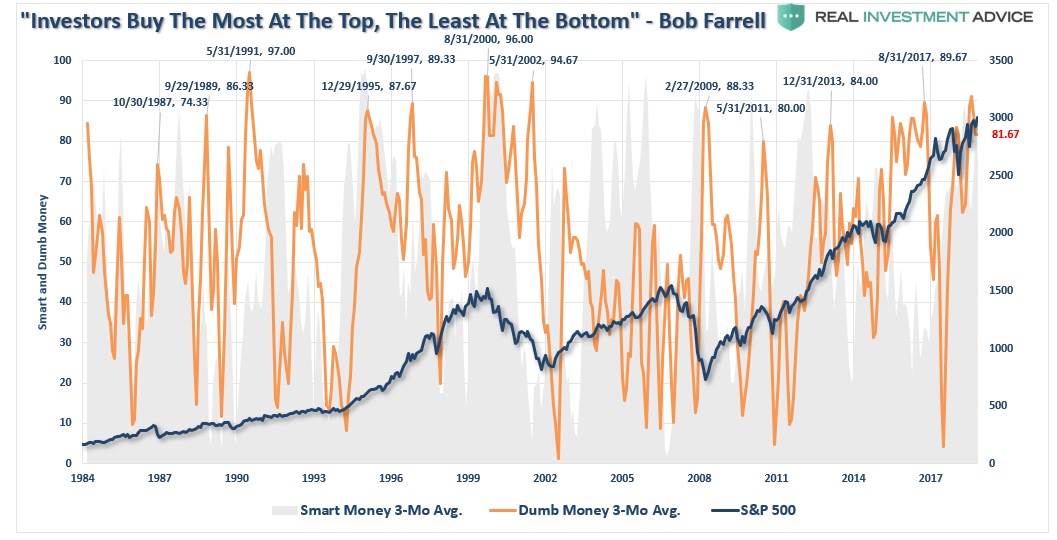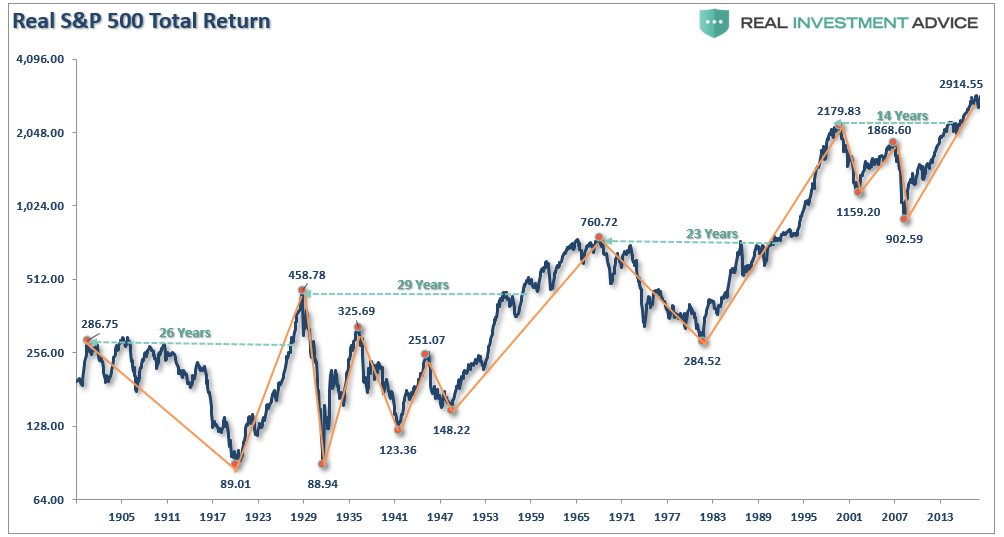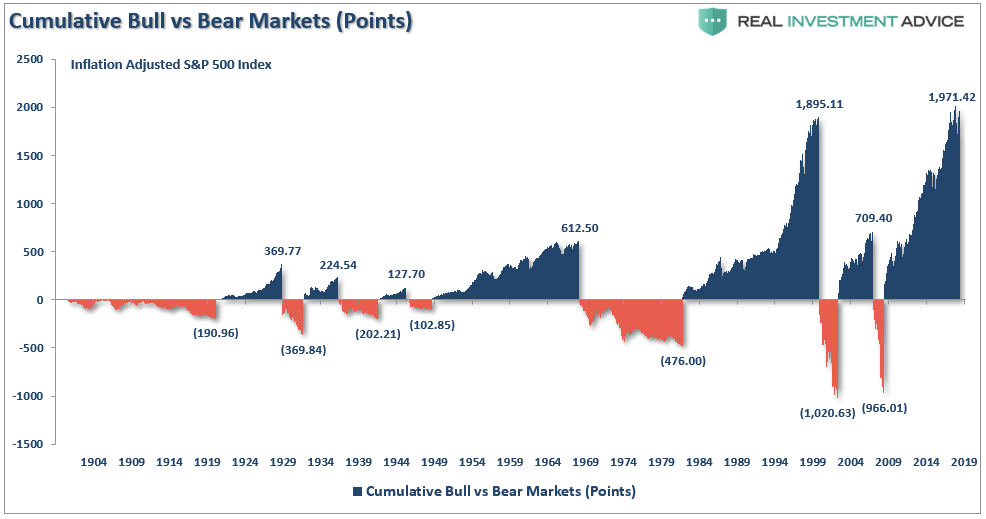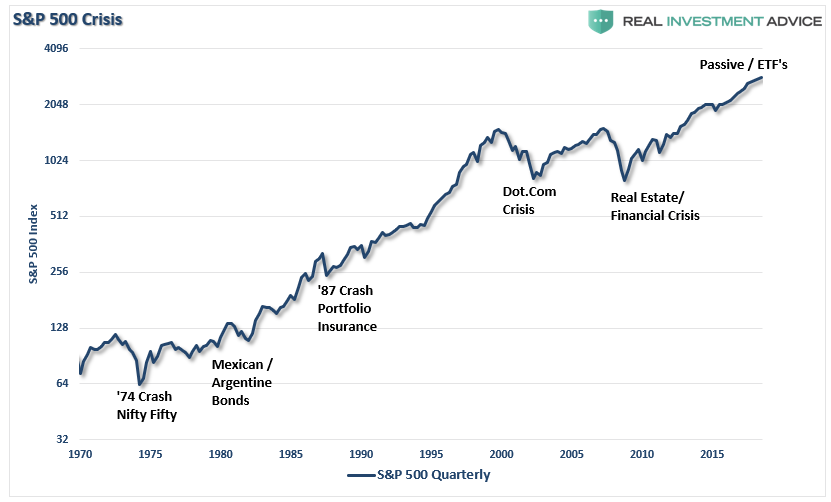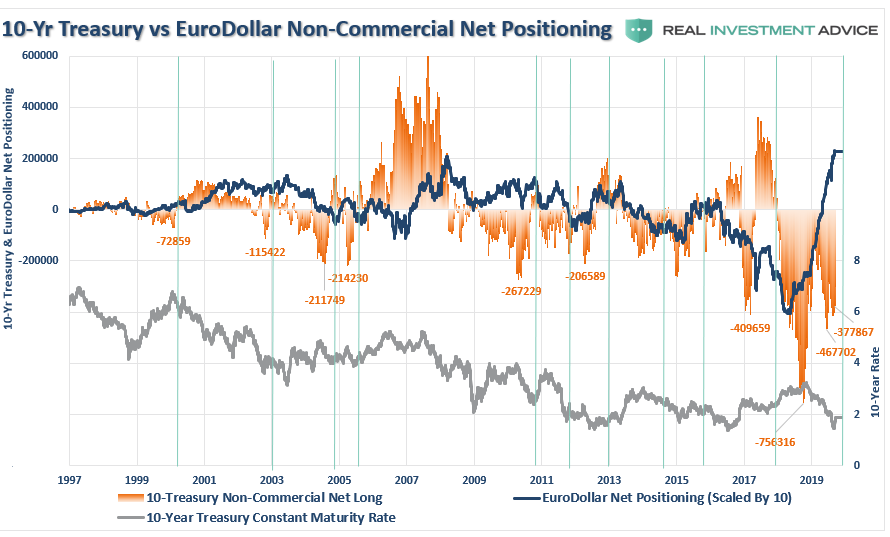“People actively hate us,” one recently retired U.S. Border Patrol agent complains in a New York Times piece on morale and recruitment problems at the federal agency. In El Paso, an active duty agent admitted he and his colleagues avoid many restaurants because “there’s always the possibility of them spitting in your food.”
What’s remarkable about the piece isn’t the poor treatment directed at many Border Patrol agents; it’s that you could replace “Border Patrol” with the name of any one of several other federal agencies and find a similar news story from recent years. Many arms of government are unpopular with large swathes of the American population, and people are not shy about expressing their contempt.
For those of us who want a smaller, much less intrusive government, that should be viewed as a trend to nurture and encourage. And what a trend it is.
For instance, the tax man can’t catch a break.
“The IRS has long been disliked, but its employees aren’t used to being vilified,” Bloomberg reported in 2015, in language that foreshadowed current reports about the plight of immigration-law enforcers. One retired IRS agent told reporters that “throughout his career, he dealt with antigovernment tax avoiders in Arizona, but once the Tea Party scandal broke, his encounters with otherwise law-abiding ranchers became more hostile.”
Likewise, J. Edgar Hoover’s heirs have become controversial.
“Public support for the FBI has plunged,” Time noted last year after the famed law-enforcement agency’s ongoing series of fumbles and scandals were complicated by questions over its role in the 2016 presidential election. “The FBI’s crisis of credibility appears to have seeped into the jury room. The number of convictions in FBI-led investigations has declined in each of the last five years.”
That’s a lot of hate directed at these federal employees, but it’s not necessarily coming from the same people. Perhaps inevitably in these fractured and polarized times, Americans belonging to one of the dominant political tribes tend to like the federal agencies despised by loyalists of the opposing political tribe, depending on their mutually incompatible views of what government should be doing and who it should be doing it to. Their diverging antipathies fit together into a jigsaw puzzle of misery for government workers caught in the crossfire.
“Americans’ opinions about Immigration and Customs Enforcement are deeply polarized: 72% of Republicans view ICE favorably, while an identical share of Democrats view it unfavorably,” Pew Research Center reported last year on opinions about Border Patrol’s sister agency. With specific regard to Border Patrol, “Among Republican voters, 65% believe the enforcement is too lenient while just 12% say it is too harsh. Democrats are more divided but lean in the opposite direction: 40% say too harsh and 22% too lenient,” according to pollster Scott Rasmussen. The heated debate between the two legacy parties over immigration is reflected in their attitudes toward, and treatment of, government agencies tasked with enforcing immigration laws.
Opinions of the IRS reflect a similar divide. “Democrats (65%) are more likely than Republicans (49%) to view the IRS favorably,” Pew reported in the same 2018 survey. The numbers reflect not just long-time differences in views of taxation, but also Republican suspicion of the IRS after it was caught targeting conservative organizations.
It’s the same for the FBI. “The 23-percentage-point gap in views of the FBI among Republicans and Democrats is among the widest of the 10 agencies and departments asked in the survey,” Pew noted about the beleaguered law enforcement agency. “While 78% of Democrats and Democratic-leaning independents have a favorable opinion of the FBI, 55% of Republicans and Republican leaners say the same.”
Americans don’t agree about which federal agencies they hate, but the fact that significant numbers of them do openly despise government workers plays havoc with morale. That, in turn, slams employee retention and recruitment.
Border Patrol is about 1,800 agents short of its hiring targets, IRS workers are heading for the exits, and even the fabled FBI saw a drop in applications, despite a slight uptick this year in morale.
To be clear, federal agencies don’t need partisan animosity to make their employees unhappy; they’re awfully good at doing it by themselves. Transportation Security Administration workers are so miserable that a blue ribbon panel convened this year to brainstorm schemes for dragging them from the depths of despair. And the entire Department of Homeland Security makes a specialty of managerial incompetence so extreme that politicians seek to raise morale through—literally—an act of Congress (is there nothing beyond the magical power of legislation?).
But red vs. blue infighting creates a no-win situation in which American political factions fundamentally disagree over the role of government, despise those arms of government that serve their enemies’ purposes, and wield the agencies they control as weapons against anybody seen as opponents. It’s at least theoretically possible (if highly improbable) to make a generic federal agency a better place to work. But how do you get Americans to show respect to government workers who they see as engaged in evil?
So, given that those of us who want a smaller and less bothersome state are often deeply opposed to those agencies’ worst efforts, why not help the partisans lay on the hate? After all, the one thing that Republicans and Democrats seem to agree on is that government should be bigger and busier—”most either want to increase spending or maintain it at current levels,” pollsters found this year—though, of course, Republicans and Democrats disagree on just where our huge and debt-ridden government should become more involved.
Helping the major political tribes attack each other’s favored agencies won’t formally reduce government the way libertarians like, but it could continue to hobble agencies so that they’re less of a threat to our freedom and rights. At least for now, the most effective means of protecting liberty may lie less in winning political battles than in assisting the major partisan tribes in waging war against each other and the government agencies they currently disfavor.
from Latest – Reason.com https://ift.tt/34SRPw4
via IFTTT
